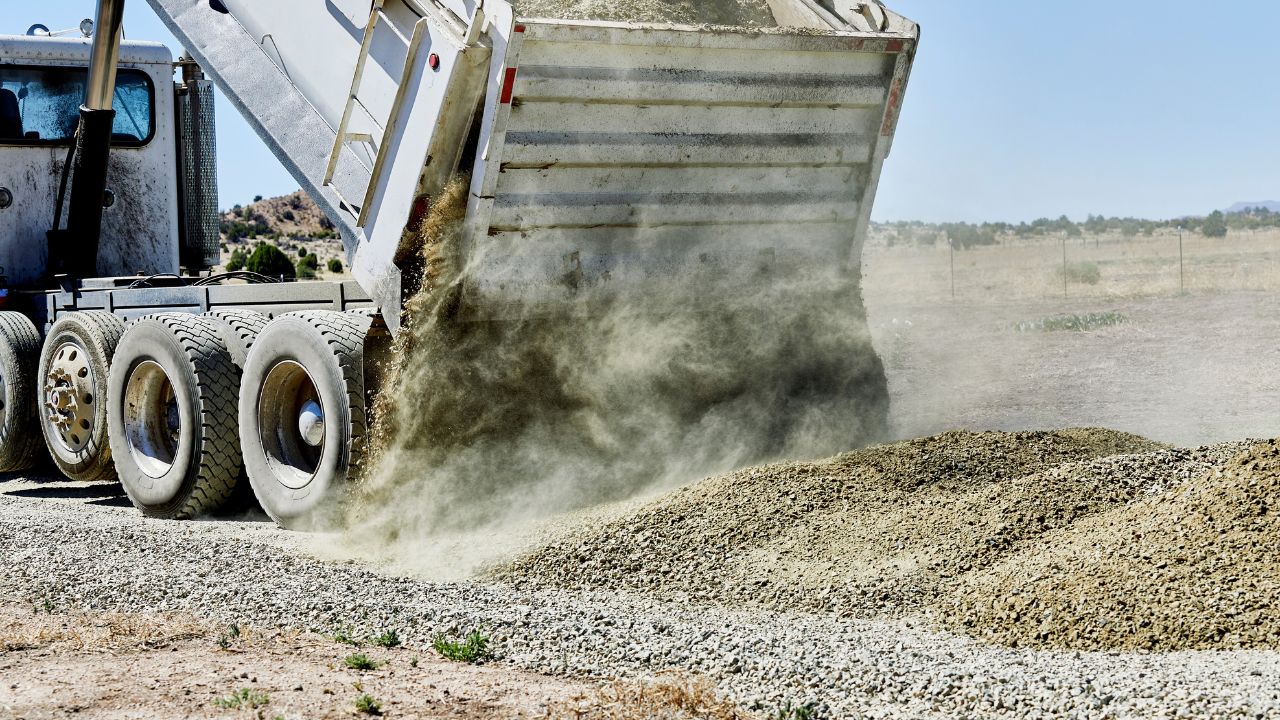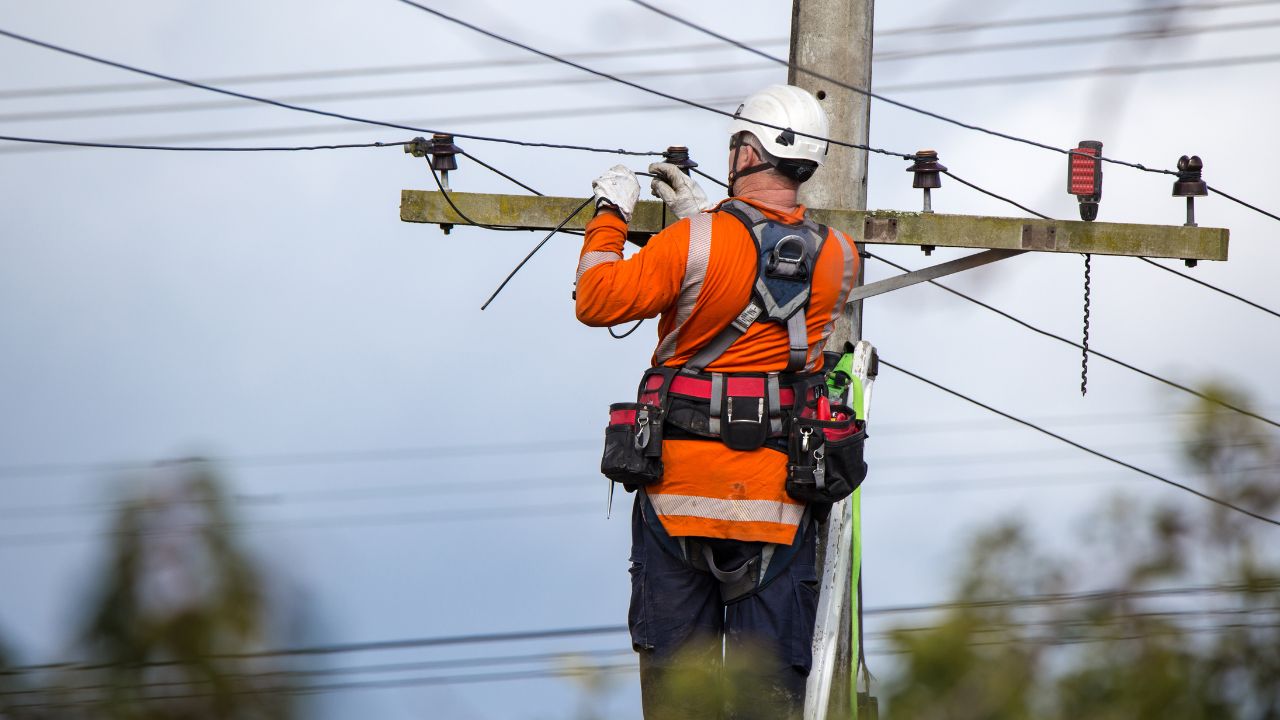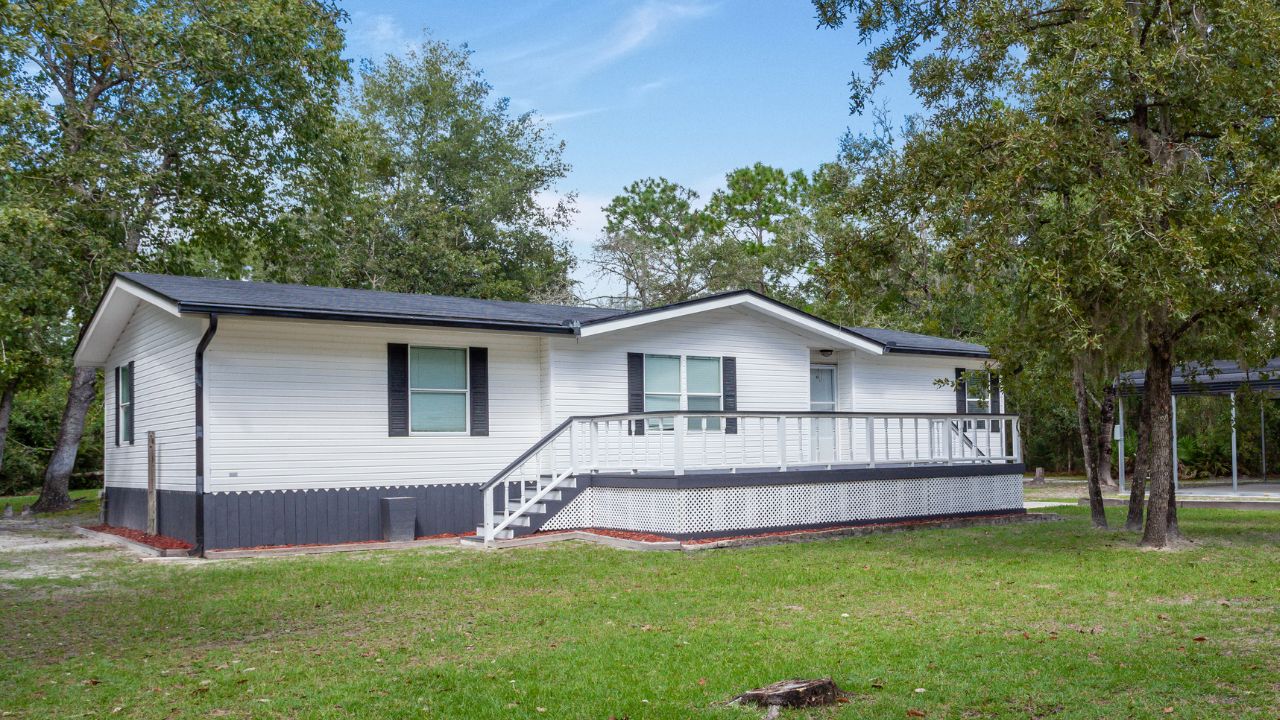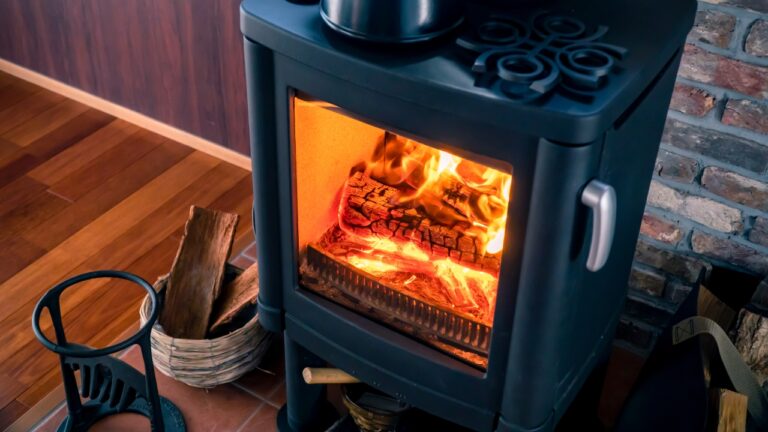Everything You’ll Have to Pay to Get Your Mobile Home on Land
Moving a mobile home onto land isn’t as cheap as most people hope. Sure, it can save you money compared to building a house—but only if you go in prepared. There’s a long list of expenses that hit before you ever move in, and skipping them can cost you more down the road.
Here’s what you’ll actually have to pay for when setting up a mobile home on land, whether it’s new or used.
The Cost of the Land Itself

Before anything else, you’ll need land—and that means more than just the price per acre. Closing costs, surveys, and possibly a soil or perc test can all get tacked on. If it’s raw land, expect even more prep work. You may also need to get it re-zoned or permitted for residential use depending on the area. Those things aren’t free, and they can delay your whole timeline.
Clearing and Grading the Site

Trees, brush, or uneven ground can all get in the way. You’ll need to clear enough space for the home, the driveway, and equipment access. After that, the site has to be leveled and graded so water drains properly. If the land’s already flat and clean, you might save a little. But if it’s not, this step can add up fast in labor and equipment rental.
Installing a Driveway

Even a short gravel driveway can cost more than you expect. You may also need a culvert if you’re crossing a ditch. Haulers won’t deliver your home unless there’s safe, stable access, so this isn’t optional. If your land is far off the road or has tricky turns, the cost can climb quickly. It’s one of those things you can’t skip or push off till later.
Pouring a Pad or Foundation

You’ll need some kind of foundation—either concrete, piers, or a runner system—depending on your local code and the type of mobile home. Even basic setups require a level pad. Concrete slabs are more expensive up front but can give better support long-term. Either way, this step has to be solid, or you’ll deal with shifting, cracking, or other issues once the home’s in place.
Paying for Delivery and Setup

Most mobile home prices don’t include delivery or setup. Hauling the home, placing it on the foundation, leveling, and tying it down all come with their own fees. If you’re moving a used home from another location, you’ll pay even more for tear-down and transport. It’s smart to get this quoted in writing before you commit to anything.
Running Water and Sewer Lines

Unless you’re connecting to city services, you’ll need to install a well and a septic system—and that’s not cheap. Even if you do have city hookups nearby, you’ll pay for trenching, permits, and hookups. These aren’t corners you can cut. You’ll need water and waste systems approved and functioning before you can legally move in.
Connecting to Electricity

Power companies usually charge a fee to set a meter and run lines to your home. If the nearest pole is far from your site, expect to pay more for trenching or poles. Some folks also opt to install a separate breaker panel or upgrade the service to handle future outbuildings. These things add to the cost but are often worth doing upfront.
Adding Skirting and Tie-Downs

Skirting helps insulate your home and keep pests out, and it’s required in many areas. You’ll also need to meet local codes for anchoring the home securely—especially if you live in a windy area. These aren’t usually included in the price of the home or install. Make sure to price them out ahead of time so you’re not caught off guard.
Paying for Permits and Inspections

Every county’s a little different, but most will require permits for the foundation, septic, power, and final occupancy. You might also need a 911 address assigned or an elevation certificate if you’re in a floodplain. These fees can stack up, especially if you have to redo anything. It’s smart to call your county office early and get a list of what they expect.
Buying a Water Heater, AC, or Appliances

Many mobile homes—especially used ones—don’t come with a full set of appliances. You might need to buy and install a water heater, HVAC system, or kitchen appliances before move-in. If you’re trying to stay off-grid or lower your utility use, this is also the time to think about solar, propane, or wood heat setup. All of it adds to your upfront costs.
*This article was developed with AI-powered tools and has been carefully reviewed by our editors.







